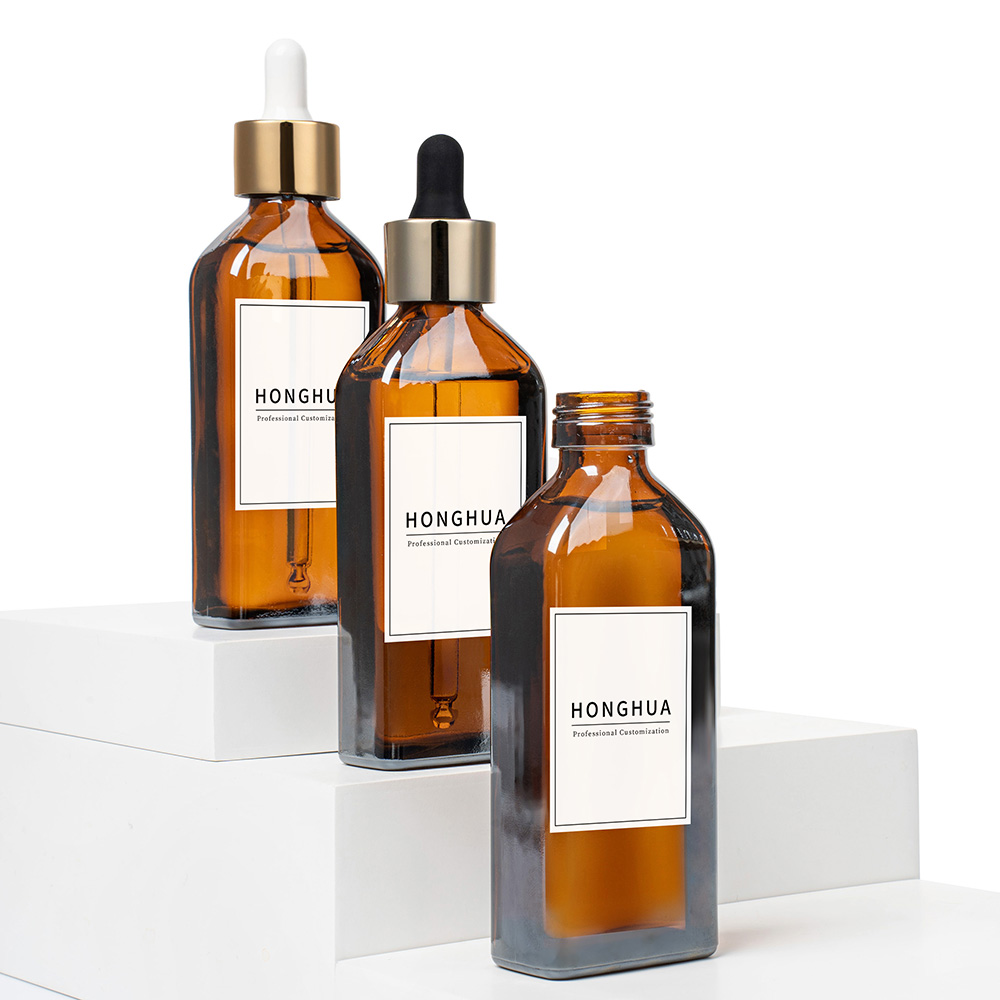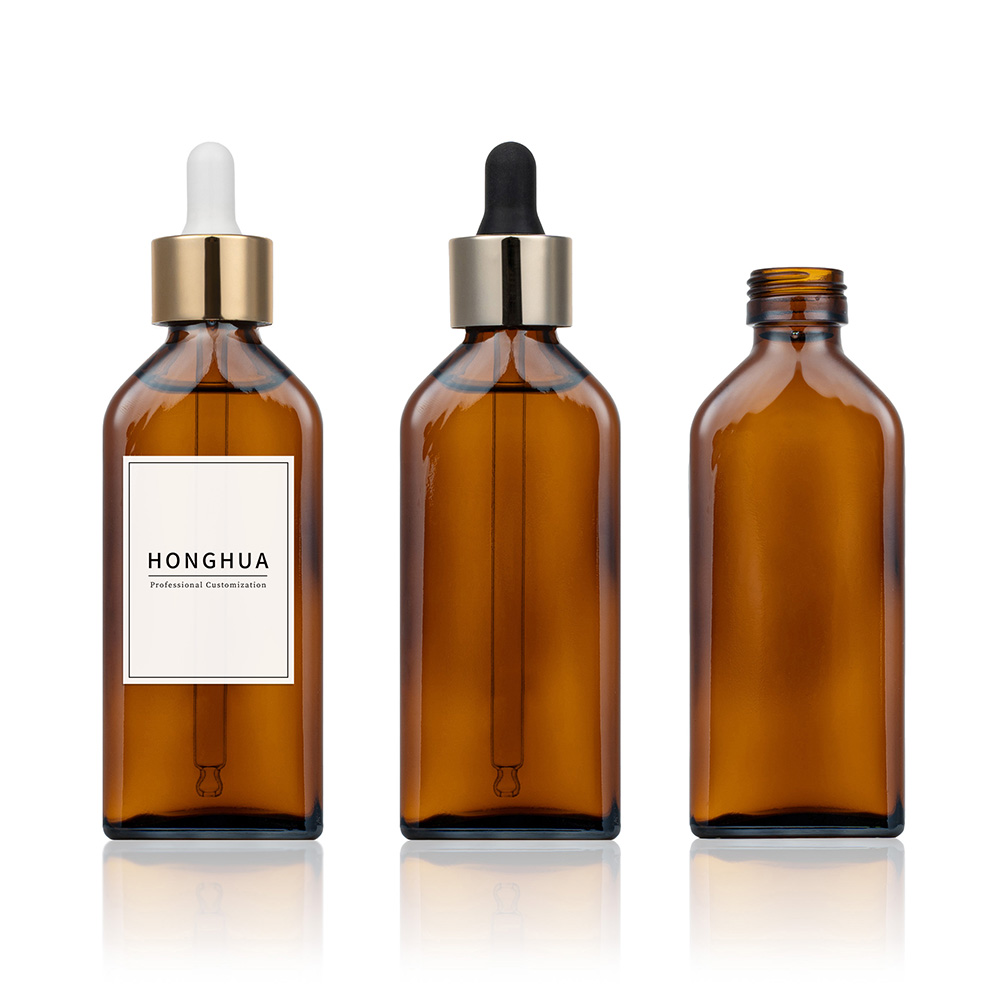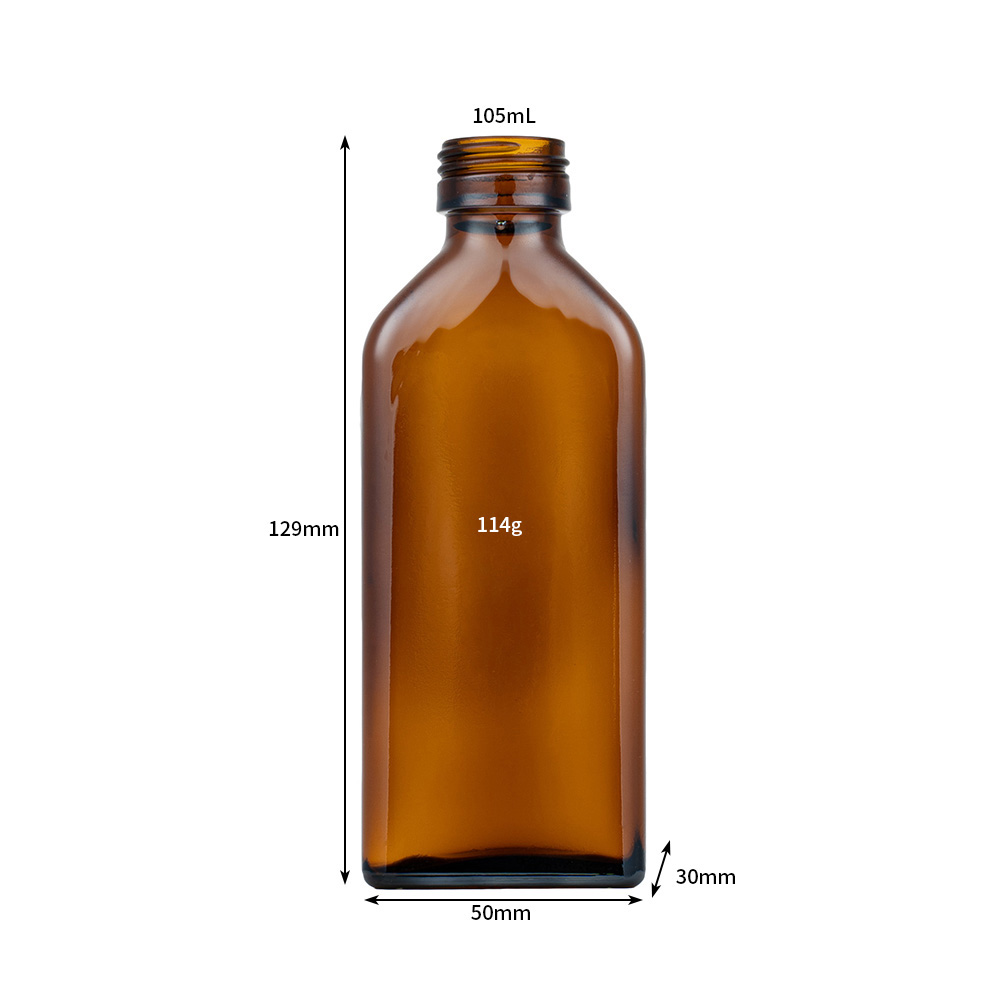Essential oils are precious natural compounds known for their potent aromatic and therapeutic properties. Whether you use them for aromatherapy, personal care, or crafting unique scents, proper essential oil storage is paramount to preserving their quality and maximizing their shelf life. This guide dives deep into the best practices for storing your essential oil collection, explaining why the right container matters, how environmental factors impact potency, and how to organize your oils collection effectively. Understanding these principles ensures you get the most out of your investment and maintain the integrity of each precious drop.
Why is Proper Essential Oil Storage So Crucial?
Proper storage isn't just about keeping your collection tidy; it's fundamental to maintaining the efficacy and safety of your essential oils. These volatile organic compounds are sensitive to environmental factors. Exposure to air, heat, and light can trigger chemical reactions like oxidation, causing the essential oil to deteriorate. This degradation not only diminishes the aromatic and therapeutic properties but can also potentially alter the oil's chemistry, sometimes leading to skin sensitization or irritation.
Think of quality essential oils as a fine wine; they need the right conditions to mature gracefully or, at the very least, maintain their original profile. Improper storage can lead to oils becoming rancid or losing their characteristic scent much faster than expected. By taking simple precautions, you protect your essential oils, ensuring they remain potent and safe for their intended use with essential oils, whether that's in a diffuser, a massage blend, or a personal care product. Investing in proper essential oil storage is investing in the longevity and effectiveness of your oils.
Furthermore, for businesses involved in selling essential oils or using them in product formulations, maintaining quality is non-negotiable. Consistent potency and safety are key to customer satisfaction and brand reputation. Understanding how oils are stored impacts their shelf life allows businesses like mine, a factory specializing in glass bottles and containers, to advise clients like Mark Thompson on the best packaging solutions. It also ensures that end-users receive the best essential oil experience possible.

What is the Best Container for Storing Essential Oils? Glass vs. Plastic Explained.
When it comes to choosing the best container for your essential oils, the material is paramount. The undisputed champion is glass bottle packaging. Why glass? High-quality essential oils are potent substances. Some components can break down or react with plastics over time, potentially degrading the oil and leaching unwanted chemicals into the product. This is especially true for citrus oils, which are known to be particularly harsh on plastics. Therefore, glass or plastic bottles are not equal choices; glass is significantly superior for long-term storage.
Specifically, dark glass bottles, such as amber or cobalt blue bottles, are the gold standard. These colored glass bottles serve a crucial function: blocking out damaging ultraviolet (UV) light, which can accelerate degradation (more on this later). While clear glass bottles might look appealing for displaying the oil's color, they offer no protection from light. For undiluted essential oils, always opt for amber glass or cobalt blue glass. Amber glass bottles are the most common and highly effective at filtering UV light.
As a manufacturer, we see firsthand the demand for amber bottles and cobalt blue options for essential oil bottle products. Our clients, ranging from large cosmetic companies to artisanal aromatherapy brands, understand the importance of packaging integrity. While clear glass might be suitable for some diluted products or short-term use, the consensus for pure essential oils leans heavily towards protective, dark glass. Using the right glass bottle is the first line of defense in preserving your essential oil.
Do Essential Oils Degrade Over Time? Understanding Shelf Life.
Yes, essential oils absolutely degrade over time. While they don't "spoil" in the same way food does (they don't typically grow bacteria or mold due to their antimicrobial properties), their chemical composition changes. This process impacts their aroma, therapeutic benefits, and safety. The shelf life of an essential oil varies significantly depending on the type of oil and, crucially, how it's stored. Factors like oxidation (exposure to air), heat, and exposure to light are the primary culprits.
Different types of essential oils have different inherent shelf lives. For example:
- Citrus Oils (e.g., Lemon, Orange, Grapefruit): These are prone to oxidation and typically have the shortest shelf life, often around 1-2 years.
- Floral Oils (e.g., Lavender, Chamomile): Generally last 3-5 years.
- Woodsy/Resinous Oils (e.g., Sandalwood, Frankincense, Patchouli): These often improve with age, like fine wine, and can last 6-10 years or even longer under optimal conditions. Patchouli, Vetiver, and Sandalwood are known to become richer and more complex over time.
Understanding that essential oils have a finite shelf life emphasizes the need for proper storage. Keeping track of purchase dates and storing oils correctly can significantly prolong the shelf life and ensure you're using them at their peak. When an oil smells 'off,' significantly different from its original aroma of essential oils, or becomes thick and cloudy, it's likely past its prime and should ideally be discarded or repurposed for non-therapeutic uses like cleaning (after patch testing). Quality essential oils deserve care to maintain their integrity.

How Does Light Affect Essential Oils? The Importance of Dark Glass.
Light, particularly sunlight containing UV rays, is one of the biggest enemies of essential oils. Exposure to light acts as a catalyst, accelerating the oxidation and degradation processes. UV radiation provides the energy needed for chemical reactions to occur within the oil, breaking down its delicate aromatic molecules and therapeutic constituents. This leads to a loss of potency, altered scent, and potentially the formation of skin-irritating compounds. This is why you'll almost never find pure, quality essential oils sold in clear glass bottles.
This brings us back to the importance of dark glass bottles. Amber and cobalt blue glass are specifically designed to filter out the damaging portions of the light spectrum.
- Amber Glass: This is the most common choice and offers excellent protection across a broad spectrum, including UV and blue light. It's highly effective for preserving the integrity of essential oils.
- Cobalt Blue Glass: While visually appealing, cobalt blue primarily blocks UV light but allows more visible light (including blue light) through compared to amber. It still offers good protection, significantly better than clear glass, but amber glass is generally considered slightly superior for comprehensive light blocking light.
Using colored bottles, specifically amber or cobalt blue, is non-negotiable for maintaining the shelf life and quality of your essential oils. Storing these bottles away from direct sunlight, even if they are made of dark glass, provides an extra layer of protection. Think of the amber glass bottle as sunglasses for your precious oils, shielding them from harmful rays and helping to protect the aromatic and therapeutic qualities you value.
Can You Store Essential Oils in Plastic Containers? A Closer Look.
The short answer is generally no, especially for long-term storage of undiluted essential oils. While some high-grade plastics (like HDPE or specific types rated for chemical resistance) might be acceptable for highly diluted mixtures or very short-term use, standard plastic bottles and containers are unsuitable for pure essential oils. There are two main reasons for this.
Firstly, essential oils are highly concentrated and can degrade or even dissolve many types of plastic over time. This interaction can damage the container, leading to leaks, and more importantly, it can contaminate the essential oil with leached plastic components. You don't want plastic compounds mixing into your natural aromatherapy oils. Secondly, most plastic container options do not offer adequate protection from light, further compromising the oil's quality. Even opaque plastic doesn't block UV rays as effectively as amber glass.
There are exceptions, such as the orifice reducers and caps often found on essential oil bottle tops, which are typically made from specific resistant plastics (like HDPE). Components used in roller bottles or dropper tops might also use specific plastics deemed safe for contact with essential oils. However, for the main storage vessel, especially for your pure oils collection or essential oils set, sticking with glass bottle containers, preferably amber or cobalt, is the safest and most effective approach. Avoid storing essential oils in plastic whenever possible to maintain their purity and potency.
What Role Does Temperature Play in Essential Oil Storage?
Temperature is another critical factor influencing the shelf life and stability of essential oils. Heat, much like light, acts as a catalyst, accelerating the rate of chemical reactions, including oxidation. When essential oils are exposed to heat, the molecules move faster, increasing the likelihood of degradation. This can lead to a faster loss of volatile aromatic compounds (affecting the scent) and a quicker breakdown of therapeutic components. Ideally, essential oils should be best stored in a cool, stable environment.
Consistency is key. Fluctuating temperatures can also be detrimental. Aim to store your oils in a location with a relatively constant temperature, away from heat sources like radiators, stoves, sunny windowsills, or the inside of a hot car. A cool, dark cupboard, drawer, or a dedicated wooden essential oil storage box are excellent choices. Refrigeration can significantly prolong the shelf life of certain oils, particularly delicate citrus oils or those prone to rapid oxidation. However, some thicker oils (like Vetiver or Myrrh) may solidify in the fridge and will need to return to room temperature before use. Freezing is generally not necessary or recommended.
Maintaining a cool storage environment helps slow down the natural degradation process, preserving the oil's intended aroma of essential oils and therapeutic profile for longer. Remember, heat is energy, and adding excess energy to volatile essential oil molecules encourages unwanted changes. Keeping them cool helps keep your essential oils stable and potent.

How Can an Essential Oil Storage Box Enhance Preservation?
An essential oil storage box, particularly a wooden essential oil storage box, offers several advantages beyond simple organization. These boxes provide a dedicated, protective environment that helps mitigate the factors that degrade essential oils: light, heat, and air exposure (to some extent). A wooden box acts as an excellent insulator, buffering the oils from sudden temperature fluctuations in the surrounding room. Keeping the oils together in a closed box aromatherapy container helps maintain a more stable microclimate.
Furthermore, a closed essential oil box completely blocks out light, providing an extra layer of protection even for oils already in amber glass bottles. This darkness is crucial for preventing light-induced degradation. While the box itself isn't airtight in the strictest sense, keeping bottles upright and stored securely within individual compartments (common in many wooden storage box designs) minimizes movement and potential cap loosening, which can help reduce air exposure over time compared to oils just rolling around in a drawer.
Beyond preservation, an essential oil storage box offers safety benefits. It keeps potentially potent oils out of reach of children or pets and prevents accidental spills or breakage. For those with growing oils collection, a wood box provides structure, making it easier to find the essential oil you need. It's a practical and often aesthetically pleasing solution – a good wooden storage box can even complement your home decor.
What Are Different Types of Essential Oil Organizers Available?
Organizing your essential oils not only makes them easier to access but also contributes to their proper storage. There are various essential oil organizer solutions to suit different needs and collection sizes:
- Wooden Storage Boxes: As discussed, these are highly recommended. They come in various sizes, holding anywhere from a dozen to over a hundred 10ml or other sized bottles. Look for boxes with dividers to keep bottles upright and protected. A wooden essential oil storage box is often seen as the premium choice for serious collectors.
- Essential Oil Shelves: Wall-mounted essential oil shelf units allow you to display your essential oils while keeping them organized. Choose shelves placed away from direct sunlight and heat sources. Some shelves have tiered designs or holes to hold bottles securely. This is a good option if you want your oils visible but protected.
- Essential Oil Bags / Carrying Cases: For portability or smaller collections, an essential oil bag or carrying case is ideal. These are often padded and have elastic loops or compartments to hold essential oil bottle sizes like 5ml, 10ml, or 15ml, including roller bottles. They are perfect for taking your favorite oils on the go or for use as a travel case. Ensure the material provides some insulation and light protection.
- Tiered Stands/Racks: Similar to shelves but designed for countertops or inside cabinets. These make it easy to see your entire oils collection at a glance. Again, placement away from light and heat is crucial.
- Drawer Inserts: Custom inserts or dividers can turn a regular drawer into an efficient essential oil storage space, keeping bottles upright and organized.
Choosing the right essential oil organizer depends on the size of your collection, how you use your oils (at home vs. travel), and your personal preferences for display versus concealed storage. The key is ensuring the chosen method keeps bottles upright, minimizes exposure to light and heat, and provides easy access.
Tips for Organizing Your Essential Oils Collection Effectively.
Organizing your essential oils makes finding what you need faster and helps you keep track of your inventory. Here are some practical tips:
- Label Everything Clearly: While manufacturer labels are standard, consider adding your own labels to the caps. This makes identifying oils stored in boxes or drawers much easier without having to lift each bottle. You can use simple round stickers and write the oil name or use color-coded stickers for different categories.
- Group Similar Oils: Organize your oils collection logically. Common methods include:
- Alphabetically: Simple and straightforward.
- By Type: Group florals, citruses, woods, spices, herbs, resins together.
- By Use: Create sections for relaxation, energy, focus, sleep support, cleaning, etc.
- By Frequency of Use: Keep your most-used oils in the most accessible spot.
- Keep an Inventory: For larger collections, maintain a simple list or spreadsheet. Note the oil name, bottle size, purchase date, and estimated shelf life. This helps you track usage, identify oils nearing expiration, and plan purchases.
- Store Upright: Always store essential oil bottle units upright. This prevents oil from sitting in contact with the plastic orifice reducer or dropper bulb for extended periods and minimizes the risk of leaks. Most essential oil storage box and organizer designs facilitate this.
- Regularly Review and Cull: Periodically go through your collection. Check for oils that smell off or have significantly changed consistency. Use up or appropriately dispose of oils that are past their prime. This prevents you from accidentally using a degraded essential oil.
Effective organization not only saves time but also ensures you use your essential oils safely and effectively, getting the most value from your essential oils set.

Sourcing Quality Bottles: Considerations for Businesses and Enthusiasts.
Whether you're an enthusiast building a personal collection or a business owner like Mark Thompson sourcing containers, the quality of the essential oil bottle itself is critical. For businesses, this directly impacts product integrity, customer perception, and compliance. As Allen, representing a glass bottle factory in China exporting primarily to the USA, North America, Europe, and Australia, I understand these needs intimately.
Key considerations when sourcing bottles:
- Material Quality: Ensure the glass is high-quality and non-reactive. For essential oils, this means Type III glass or better, typically soda-lime glass that meets international standards. Confirm the glass is free from impurities that could leach into the product. Specify amber glass or cobalt blue for light protection.
- Closures and Dispensers: The cap, orifice reducer, dropper (including the glass dropper pipette and the rubber bulb), or roller ball mechanism must also be made from appropriate, oil-resistant materials (like HDPE, PP, or specific TPE/Nitrile blends for bulbs). A poor-quality closure can lead to leaks or contamination. Ensure an airtight seal when closed.
- Quality Inspection and Certifications: Mark Thompson's concern about quality inspection is valid. Reputable suppliers should have robust quality control processes. Ask for documentation and certifications (e.g., FDA compliance for materials, ISO standards). While certificate fraud is a real concern (as Mark noted), working with established factories with transparent processes and ideally visiting them or using third-party inspection services can mitigate this risk. Building a long-term relationship based on trust is key.
- Customization and Variety: Businesses often need specific sizes (e.g., 5ml, 10ml, 15ml, 30ml, even bigger bottles for bulk ingredients), shapes, or custom printing/frosting. A good supplier, like our factory with 7 production lines, can offer flexibility and customization options. We produce everything from standard Dropper glass bottle 5ml-100ml Amber Essential Oil Bottle with Lid styles to unique Luxury Hexagon Shape Perfume Bottle designs that can also be adapted.
- Logistics and Communication: Efficient communication and reliable logistics are crucial, especially for international sourcing. Mark's pain point regarding shipment delays is common. Choose suppliers with experience in export, clear communication channels, and transparent lead times. Discussing payment methods and Incoterms upfront prevents misunderstandings. Attending exhibitions is a great way for buyers like Mark to meet suppliers like me face-to-face and build rapport.
Choosing the right supplier ensures you receive empty essential oil bottles that effectively protect your essential oils, meet regulatory requirements, and align with your brand's quality standards. It's a partnership built on quality, reliability, and trust. Our custom glass bottles and containers are designed with these principles in mind.
Frequently Asked Questions about Essential Oil Storage.
- Q: Do I need to store diluted essential oils (like in roller bottles or lotions) differently?
A: While dilution makes the oils less harsh, the principles still apply. Store diluted mixtures in dark glass bottles (like amber roller bottles) or appropriate containers, away from heat and light. Shelf life may be shorter due to the carrier oil used. - Q: Can I keep essential oils in the bathroom?
A: It's generally not recommended. Bathrooms experience significant temperature and humidity fluctuations, which can accelerate degradation. A bedroom closet or a cool cabinet elsewhere is better. - Q: What's the best way to travel with essential oils?
A: Use a padded essential oil bag or travel case. Ensure caps are tightly secured. Keep the case out of direct sunlight and avoid leaving it in a hot car. Consider taking smaller 10ml bottles or pre-diluted roller bottles for convenience. - Q: How do I know if my essential oil has gone bad?
A: Look for changes in smell (rancid, weak, or 'off' aroma), color (significant darkening or cloudiness), or consistency (thickening). When in doubt, especially for therapeutic use, it's best to replace it. - Q: Does the type of cap matter for storage?
A: Yes. Ensure the cap provides a tight seal to prevent oxidation from air exposure. Standard caps are fine, but dropper tops should have oil-resistant bulbs, and roller balls should fit snugly. Always store bottles upright.
Key Takeaways for Optimal Essential Oil Storage:
- Use Dark Glass: Always store pure essential oils in amber or cobalt blue glass bottles to protect them from light damage.
- Keep Cool: Store oils in a cool location with a stable temperature, away from heat sources and direct sunlight.
- Minimize Air Exposure: Keep caps tightly sealed. Buy sizes you'll use within the shelf life to avoid having large amounts of air in bigger bottles for long periods.
- Avoid Plastic: Do not use standard plastic container options for storing undiluted essential oils.
- Store Upright: Keep bottles vertical to prevent oil contact with plastic components in caps/droppers and minimize leak potential.
- Organize Wisely: Use an essential oil storage box, shelf, or bag to keep your collection protected, organized, and easily accessible. Label caps for quick identification.
- Know Your Shelf Life: Be aware that different types of essential oils have different lifespans and track purchase dates. Discard oils that show signs of degradation.
- Source Quality Bottles: Whether for personal use or business, choose high-quality glass bottles with appropriate closures from reliable suppliers.
By following these guidelines, you can effectively store your essential oils, preserving their precious aromatic and therapeutic properties and ensuring they remain safe and effective for aromatherapy, personal care, and enjoyment for as long as possible.
Post time: Apr-28-2025








